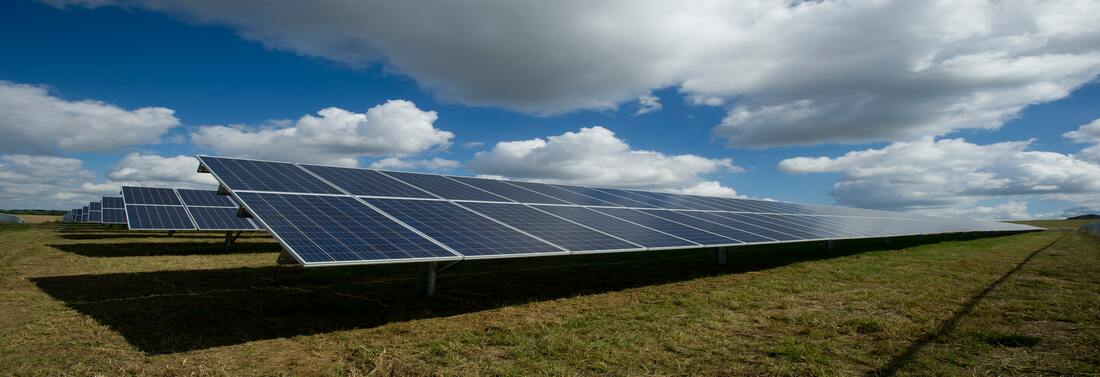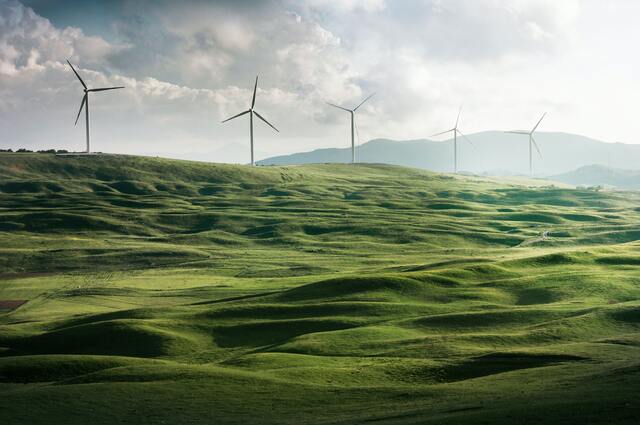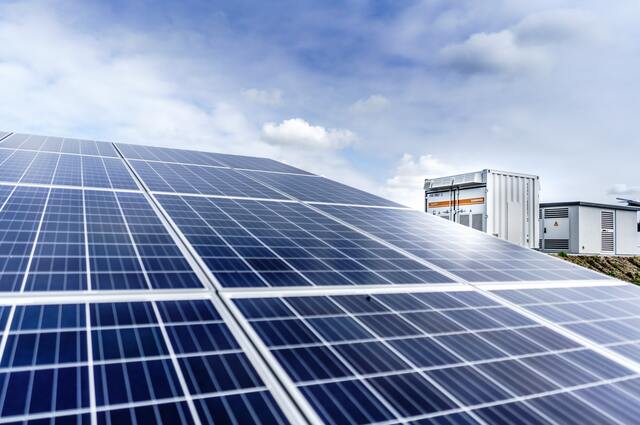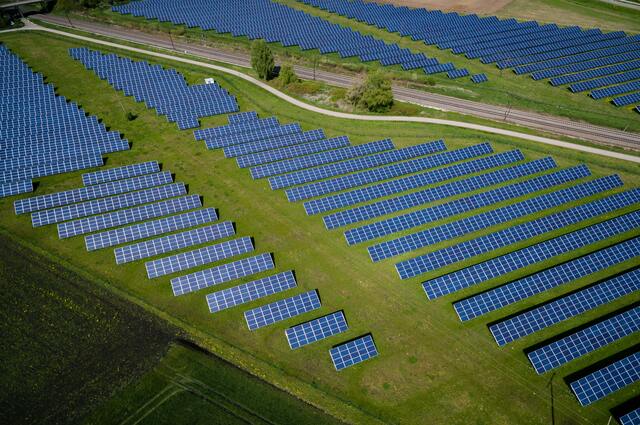Signs Your Vacant Land Is Apt For Setting Up A Solar Farm
The growing focus on eco-consciousness opens new revenue opportunities in the sustainability sectors. Environmental consulting is a lucrative profession, and green builders and solar companies are making a mint. But you need not jump into an active business to make the most out of the opportunity. Leasing land for a solar farm is an excellent way to unlock a steady and legitimate revenue stream with minimal effort. The demand for suitable land for such projects is booking, and you can also command a good value. But everything boils down to the suitability of the property. Here are some signs that your vacant land is apt for setting up a solar farm.
Check the lot size
The size of the parcel of land is the key consideration because it should be large enough. Typically, solar developers need to lease at least 10 acres of usable land. The size requirement goes up to 200 acres for a utility-scale installation. As a rule, 1 kilowatt (kW) of panels can be set up on 100 square feet. Also, consider that authorities do not allow full coverage of the lot with panes as they have zoning restrictions.
Consider infrastructure proximity
The location of the property is another factor that determines its viability for a solar farm. The closer it is to a grid, the better because the cost of interconnection to a substation runs low for such projects. Infrastructure such as road access is also significant because it reduces transport costs and cuts the overall cost of installation and long-term maintenance of solar panels. A developer will be happy to pay more for the right location.
Dig deep into the local policy
The size and proximity to infrastructure are primary factors to consider in the feasibility of your land for the project. But the first thing you need to understand when asking How to start a solar farm is the local laws and regulations in the area. If they prohibit the projects, no one can build one in the area, so you cannot expect to lease your land. You may encounter issues with land limits and construction permits, which are common in areas with fewer or underdeveloped renewable energy projects. However, you can hope for the rules to change in the future.
Land terrain and flooding potential
Although solar farms do not have agricultural usage, the quality of the land terrain and flooding potential still affect its viability for the project. Developers want a flat and clear terrain, with no wetlands and minimal incline to set up the panels effectively. The area should also get enough consistent sunlight throughout the year. Smaller obstructions like bushes and shrubs are not a concern, but larger ones have to be cleared to make the area lease-worthy. The land may not be apt if its flooding potential is high.
Location is the key factor when it comes to building a solar farm. Assess these factors to check the suitability of the area, whether you plan to develop the project or lease it to a developer.
Author: Simone Grantt





Sorry, the comment form is closed at this time.